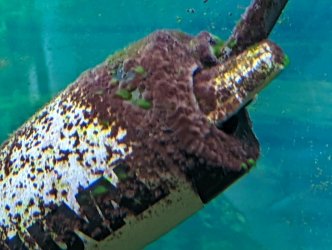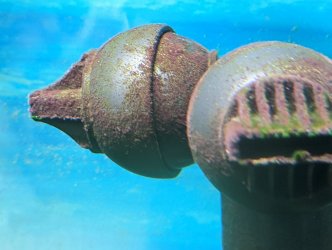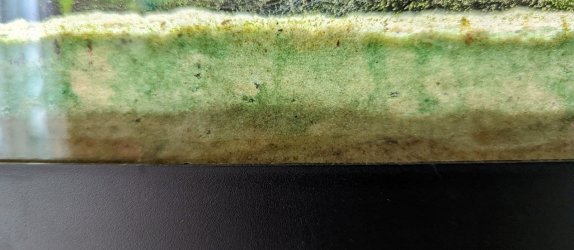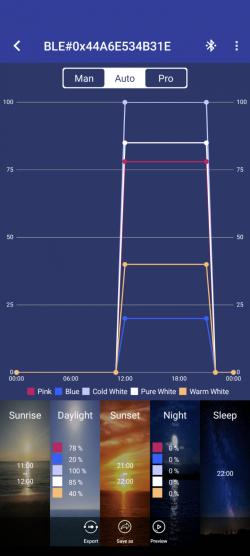The algae in photos 1 and 2 is indeed black brush. This has more than one form, and it is strictly speaking a red algae but can be dark green, dark grey, black. It is caused by light and nutrients. In a planted tank, it is caused by an imbalance in the light/nutrients; once you establish or re-establish the balance, it will no longer increase.
The third photo is likely cyanobacteria, but algae species can also appear along the glass below the substrate surface. This is not a problem, and is best dealt with by vacuuming along the glass during the weekly water changes. Bright ambient light in the room will contribute to this, so keeping the room shaded especially in summer, and not allowing direct sunlight, usually solves this issue. If it is just ignored, depending upon the tank lighting and nutrient availability it can spread. I've never had a problem from this when I've seen it. The room light is the primary cause here.
The light/nutrient balance involves the fish load, plant species and numbers, fertilizers if any, and the lighting data (intensity and spectrum) and duration.







